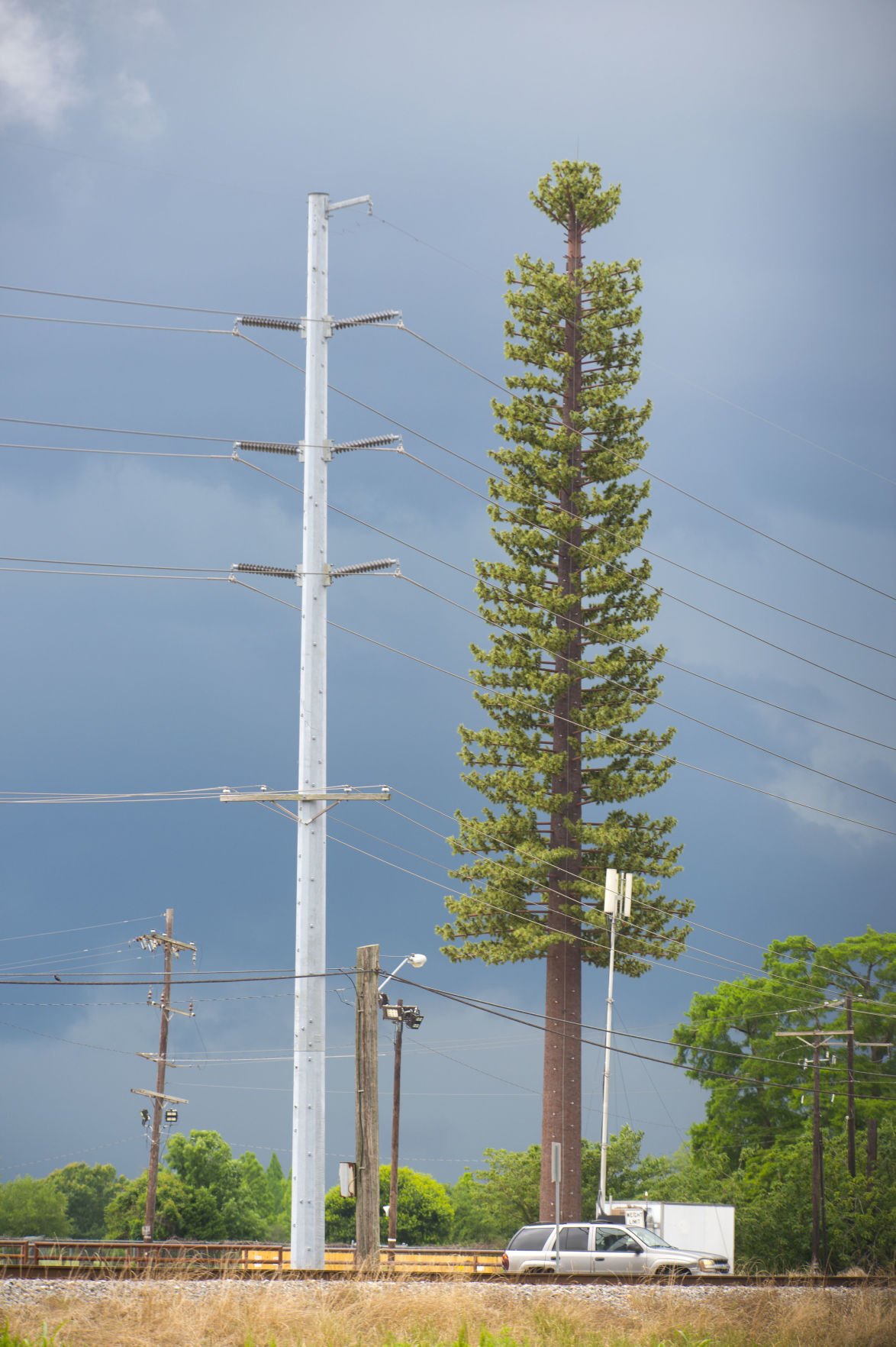What is the safest distance from a 5G cell Structure?

If you've ever wandered through a town you might have noticed tiny mini 5G cell towers placed on poles for street lighting. They look like little boxes however, they're actually transmitting wireless signals from mobile providers to your mobile.
They are replacing larger specially-designed cell towers. Although they're not as visible however, they could cause problems for people.
The of the FCC's Radiation Exposure Thresholds
The FCC's Radiation Exposure Thresholds determine the maximum amount of time a person can be exposed to electromagnetic energy generated by wireless devices. The limits for exposure are based upon scientific research which show that the energy of RF can cause harm to health.
The rate of absorption called the specific absorption rate (SAR) is an indication of the amount of radiofrequency energy that is taken up by tissues. It's usually 1.6 Watts per kilogram spread over a Gram of tissue.
Since 5g is able to transmit at higher frequencies this could be able to increase the intensity of energy on the skin and other directly-exposed body areas. what is a safe distance from a cell tower can result in many possible harms, such as an increase in development of skin diseases like dermatitis, skin cancer and cataracts.
Because of the potentially severe effects of 5g radiation, PSU has chosen to establish a general, localized limits on power density, which is 4mW/cm2 based on the average on 1cm2, but not exceeding 30 minutes for the entire 5G spectrum at 3000 GHz. This localized limit is consistent with the highest spatial-average SAR of 1.6 W/kg, averaged over one grams of tissues at six GHz.
The FCC's Maximum Exposure Thresholds
Have you ever used a mobile phone, you probably know that a safe range from the tower is around 400 meters. This is because the power of transmission from a cell tower increases dramatically the further away your location from the tower.
While what is a safe distance from a 5g cell tower sounds like something that's good however, people living in close proximity to towers could be more prone to health issues. For instance, a study conducted in 2014 in India discovered that people who lived within 50 meters of cell towers had significant more health issues than those who were distance from them.

But, the study revealed that those who relocated into areas farther away from the cell towers saw their symptoms improve within a few days. Another study has shown that exposure to high amounts of electromagnetic field radiofrequency (EMFs) can lead to brain tumors, cancers as well as other health issues.
This is due to the fact that RF radiation, which is used in wireless communication can penetrate the human body's outer layer, which is the skin. This is vital to be aware of since the skin functions as a shield against injuries caused by mechanical forces, infections by pathogenic microorganisms, and the entry of harmful substances. Additionally, it is the most important organ in the human body, and is responsible for keeping the integrity of other organs.
The FCC's Minimum Exposure Thresholds
The FCC's Minimum Exposition Thresholds are based upon various assumptions that aren't supported by scientific research. This includes the false assumption that short-term exposures to RF radiation is safe due to minimal penetration into the body (i.e., tissue heating).
safe distance from cell tower ignores the greater penetration of ELF elements of modulated radio signals and the effects of short bursts of heat from pulsed RF waves. These theories are not compatible with the current understanding of biological effects of RF radiation. As such, they should not be used for health protective exposure standards.
In addition, the ICNIRP and FCC limit its maximum levels of radiation exposure for local peak SARs that are based on the peak spatial specific absorption rate (psSAR) that is not a reliable dosimetric instrument to assess the amount of exposure to RF radiation. In particular, psSAR is inaccurate when frequencies exceed 6 GHz. Additionally, psSAR hasn't been tested for RF radiation exposed to other agents of the environment such as sunlight. The interactions of RF radiations with different environmental agents may cause synergistic or antagonistic impacts. This could result in the risk of having adverse health adverse effects. For example, co-exposure to RF radiation and sunlight could cause an increase in the incidence of skin cancer, as well as aggravate other skin diseases such as acne.
